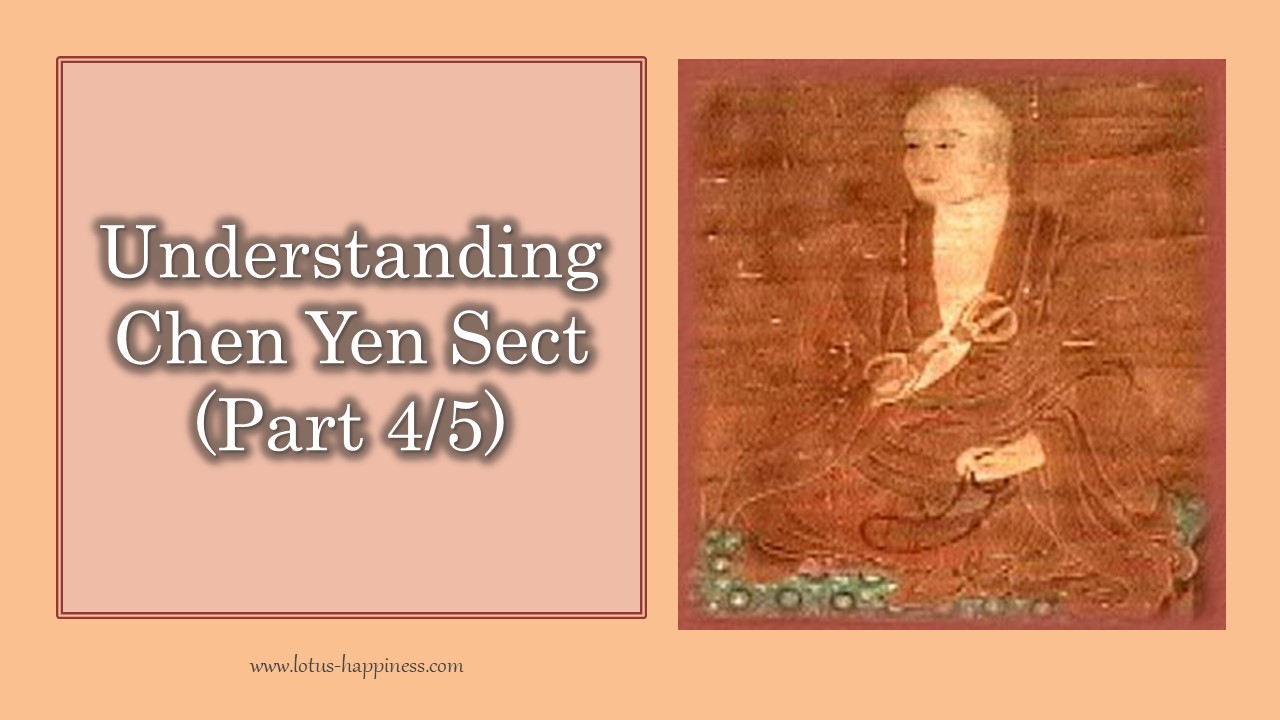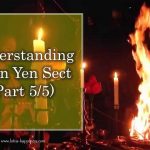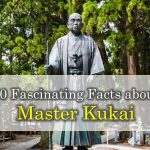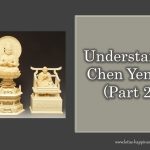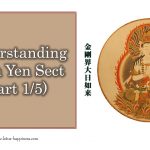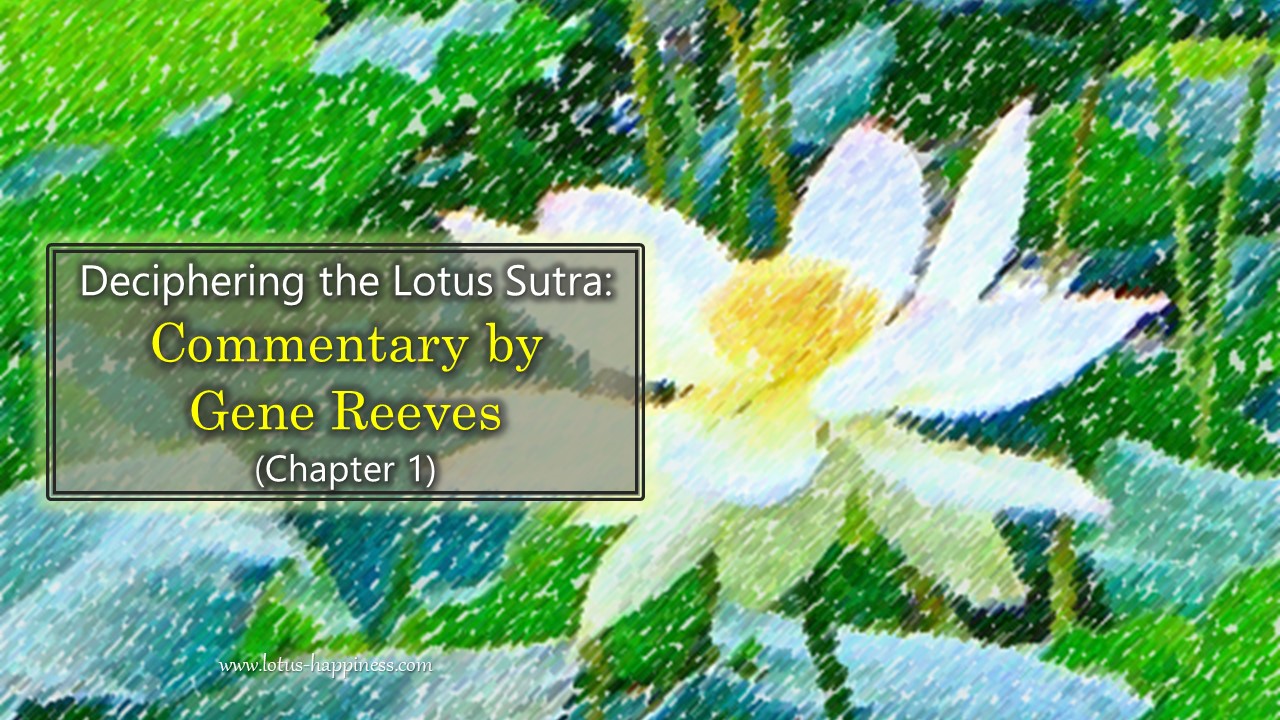Understanding Chen Yen Sect (Part 4/5)
Three Kinds of Attainment of Buddhahood
Cheng Yen sect advocates the direct attainment of Buddhahood with the present life.
- Attainment of Buddhahood by the wholly noumenal and intrinsic nature [理具成佛]– For all living beings, the body in motion is classified as the first five elements, and belongs to the ‘law’ of the Garbhadhatu, while the mind in thinking is belonged to the wisdom and virtues of Vajradhatu. Apart from the body and mind, there is no other substance with fundamental enlightenment. Therefore, the law and wisdom of the Buddha are also intrinsically possessed, in perfection and completeness, within individual sentient being.
- Attainment of Buddhahood by conferment and upholding [加持成佛]– As all sentient beings possess the intrinsic nature of enlightenment in Buddhahood, they can further confer and uphold the Three Mysteries, so that they can turn their ordinary body to be the same as the appearance of the Buddha.
- Attainment of Buddhahood by revelation [顯得成佛]– Through the practice of conferring and upholding, the practitioner can ultimately reach the state of Buddhahood, so that all merits and virtues of Dharma nature can be manifested and revealed.
Ten Abodes of Mind
The Ten Abodes of Mind [十住心] can be also regarded as the classification of teaching in Cheng Yen sect, according to the chapter on ‘The Ten Minds’ in the Vairocana Sutra.
- Mind as an animal like ram [異生羝羊心]– Ram is inferior by nature, and is interested in nothing except the desire of eating and sex. It is an analogy to those who are ignorant and always commit to evil deeds and in physical and mental conduct.
- Mind as a naive baby [愚童持齋心]– who upholds rules in morality – It refers to those kind people who cultivate the worldly virtues and merits, and thus enjoy the respective worldly blessing.
- Fearless mind as a baby [嬰童無畏心]– A baby is well cared and protected by his mother, so he is at ease and fearless. It refers to those who seek the rebirth in heaven without bothering the heavenly joy is temporary or not.
- Mind of mere Skandhas and no-self [唯蘊無我心]– It refers to the Sound Hearers in Hinayana, which believes in the emptiness of self (i.e. no-self), but accepts the Law of Five Skandhas as the permanent existence.
- Mind in ridding Karma, Cause and Seed [拔業因種心]– It refers to Those Enlightened by Conditions or Enlightened Ones in Solitude. They can get rid of the Karmic activities (Karma), the Twelve Links of Dependent Origination (Cause) and the Fundamental Ignorance (Seed), and dwell in Nirvana.
- Mahayana Mind independent of conditions [他緣大乘心]– Mahayana Bodhisattva understands there is no Dharma beyond the Mind, and the Three Realms is just merely created by the conscious mind, thus they do not attach any phenomenal conditions when they save the sentient beings. It is equivalent to the teaching of Fa Hsiang Sect.
- Mind without production of enlightened mind [覺心不生心]– Mahayana Bodhisattva understands that the nature of the enlightened mind is neither produced nor extinguished. As it is ordinarily empty and still, there has no ignorance and enlightenment. The mind should respond to the true reality of all Dharmas. It is equivalent to the teaching of San Lun Sect.
- Unconditioned Mind of One Way [一道無為心]– The Law is ordinarily pure and undifferentiated. It is not dual nor multiple, so it is called One Way. Mahayana Bodhisattva realizes that the One Way is unconditioned and pure matching the reality of True Suchness. They also understand the harmony and perfection of the Triple Truths which converge to One Way. It is equivalent to the teaching of Tien Tai Sect.
- Self-nature Mind with no Eternity [極無自性心]– The Law is the ultimate, so it is called eternity. Mahayana Bodhisattva realizes that all Dharmas are originated from True Suchness, and they are the manifestations of True Suchness, so they have no self-nature, but mutually inter-penetrating without obstruction to each other. It is equivalent to the teaching of Hua Yen Sect.
- Adorned Mind in Secret [秘密莊嚴心]– the status of the Buddha is esoteric and adorned, which can be recognized and visualized by all other beings. The dwelling mind of the Buddha can only be ultimately known by the Buddhas themselves.
Six Kinds of Fearlessness
- Fearlessness to be kind [善無畏]
- Fearlessness with respect to physical body [身無畏]
- Fearlessness to no-self [無我無畏]
- Fearless to no-Dharma [法無畏]
- Fearlessness to no-self of Dharma [法無我無畏]
- Fearlessness to absolute equality [平等無畏]
There are six kinds of practice in Cheng Yen sect, so that all the beings are free from afflictions without any fear.
- Kindness — In Buddhism, good people who uphold the Five Precepts and Ten Wholesome Deeds must be relaxed in mind, and far from evil and fear. It is equivalent in Cheng Yen sect for those people who practice the Three Mysteries and make offerings to Satyadevata [本尊]. They are said to be fearless in case of danger and trouble.
- Body — In Buddhism, the practitioners of Two Vehicles (Sound Hearer and Solitary Enlightened Ones) who practice the contemplations of impurities can be free from any tie with respect to their bodies. It is equivalent in Cheng Yen sect, for those who contemplate the Satyadevata in Mandala, and see the radiant light, which can strengthen the fearless spirit and vanish all kinds of suffering.
- No-self — In Buddhism, the practitioners of Two Vehicles realize that all Dharmas have no self, thus they have no attachment to self, and they are fearless. In Cheng Yen sect, the practitioners understand that all forms of deities are of dependent origination, and do not give rise to any attachment, including the body.
- Dharma — In Buddhism, the practitioners of Two Vehicles enter the stage of no-further learning and certify the truth of emptiness. They understand that the Five Skandhas are also of dependent origination, and are empty in nature, so they are fearless. In Cheng Yen sect, they visualize the various forms of Stayadevata in Samadhi, and understand that they are just like the moon in water, the image in mirror, and unreal though adorned in appearance.
- No-self Dharma — In Buddhism, Mahayana Bodhisattvas certify the True Suchness and the emptiness of Dharmas, and realize all Dharmas are mere consciousness. As they see that there is no self in all Dharmas, they are free and relaxed in their mind. It means the fearlessness of no-self Dharma. In Cheng Yen sect, the practitioners also know that all phenomena are the manifestations of the virtues and merits of their own mind/consciousness, so they can freely ‘enjoy’ all Dharmas for their own use.
- Equality — Equality means the self-nature of all Dharmas are equal. The Buddha knows all Dharmas are equal, certifies the nature of Dharma, and realizes that there is no differentiation between the beginning and the end, the subjective/active and the objective/passive. It is known as the fearlessness of equality. In Cheng Yen sect, when the practitioners reach the supreme state, they have the formless body of wisdom and the form body of blessing and virtues, so they can also freely ‘enjoy’ all Dharmas for their own use. It is a state of Buddhahood.

